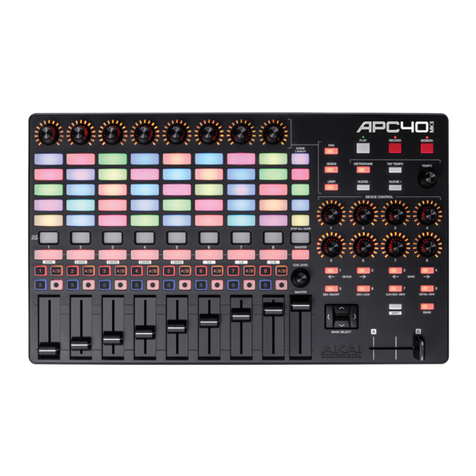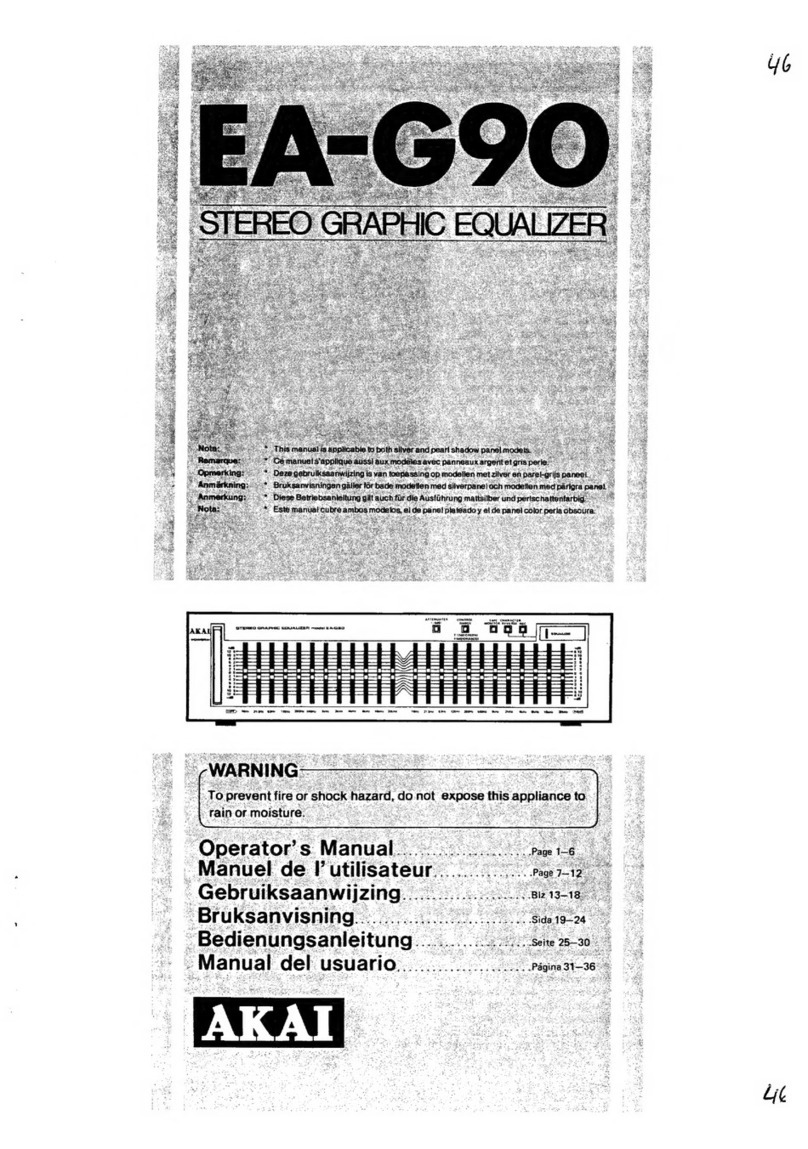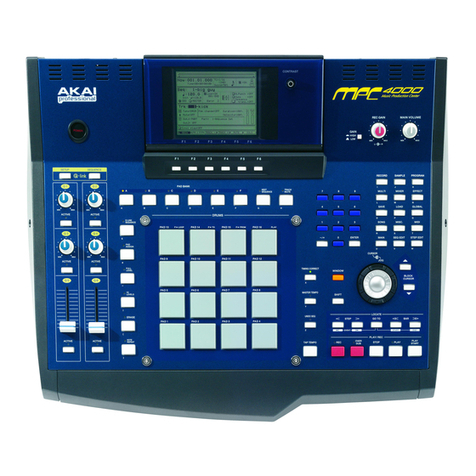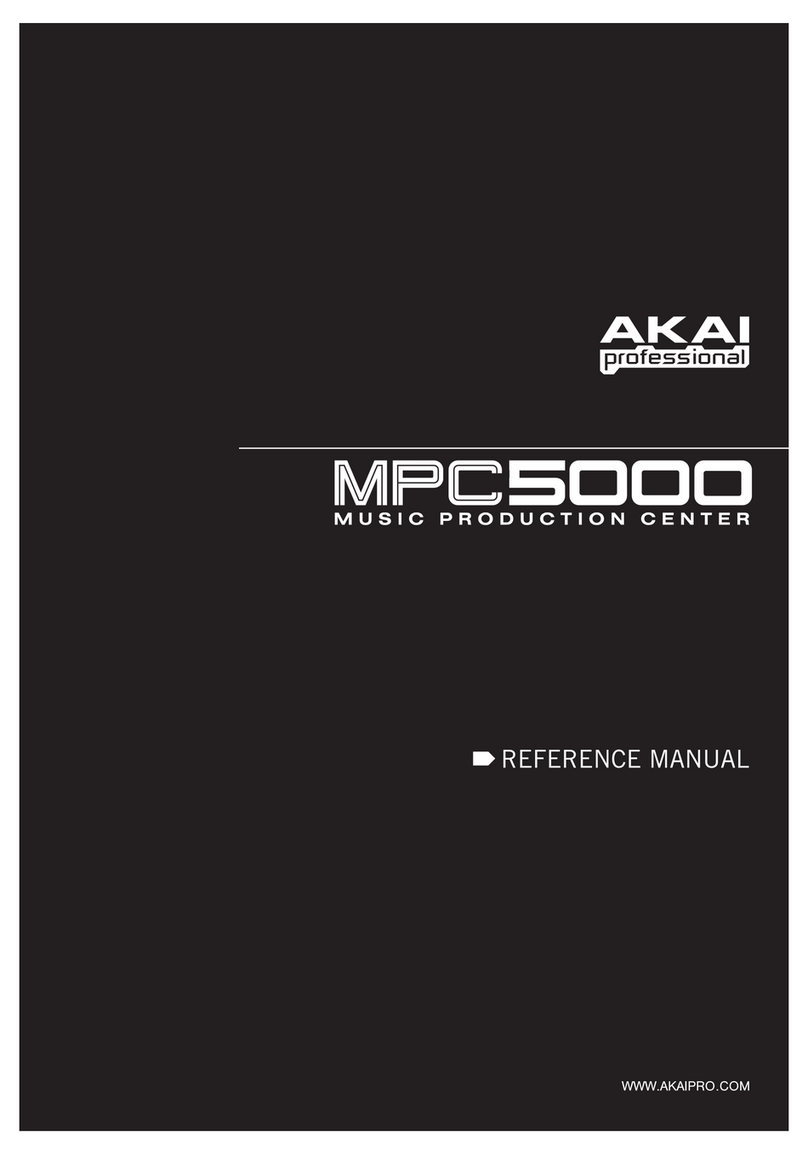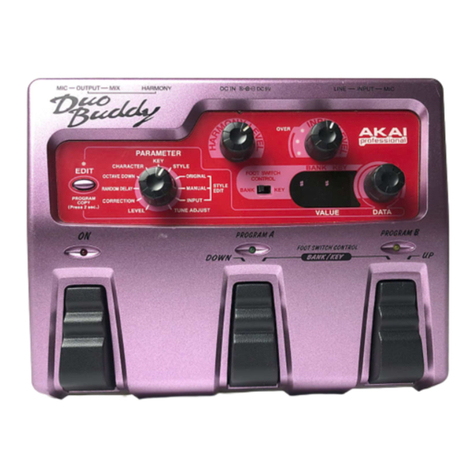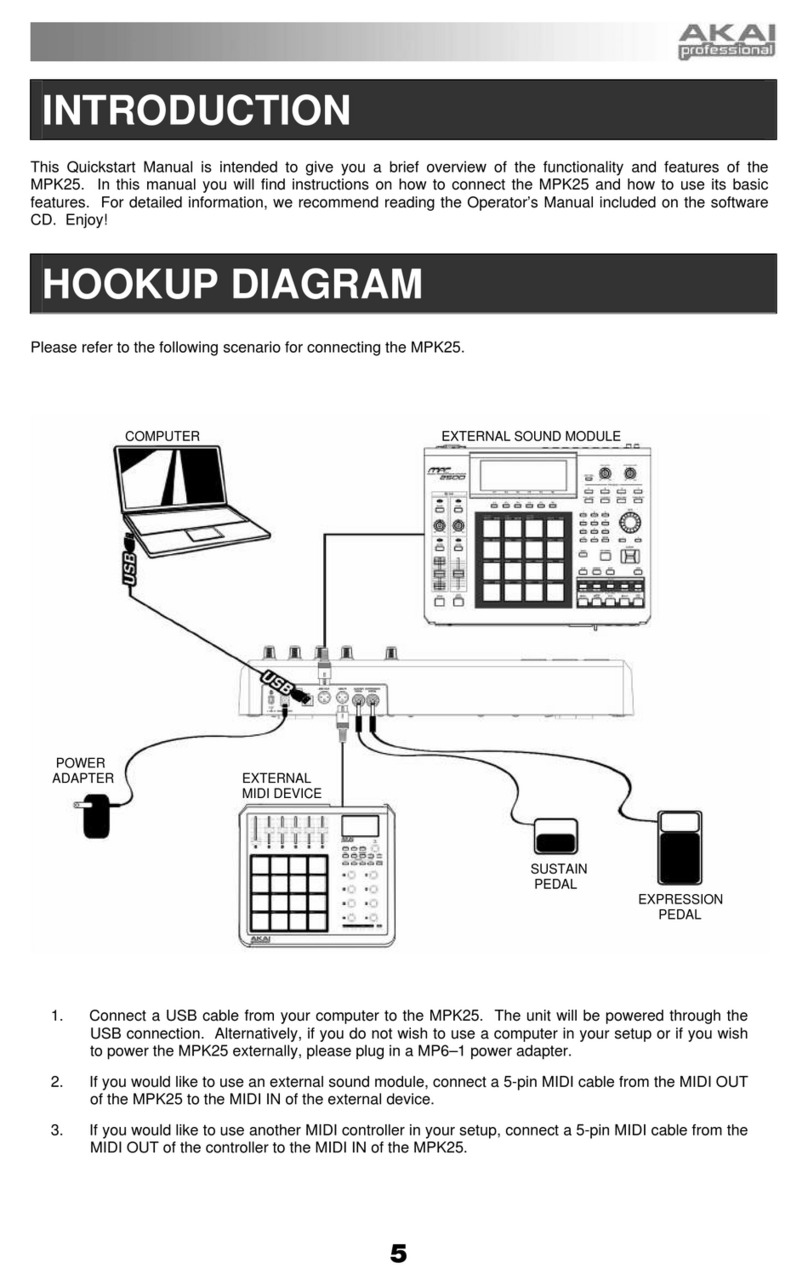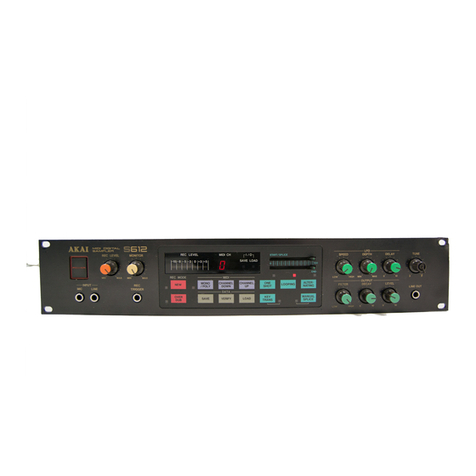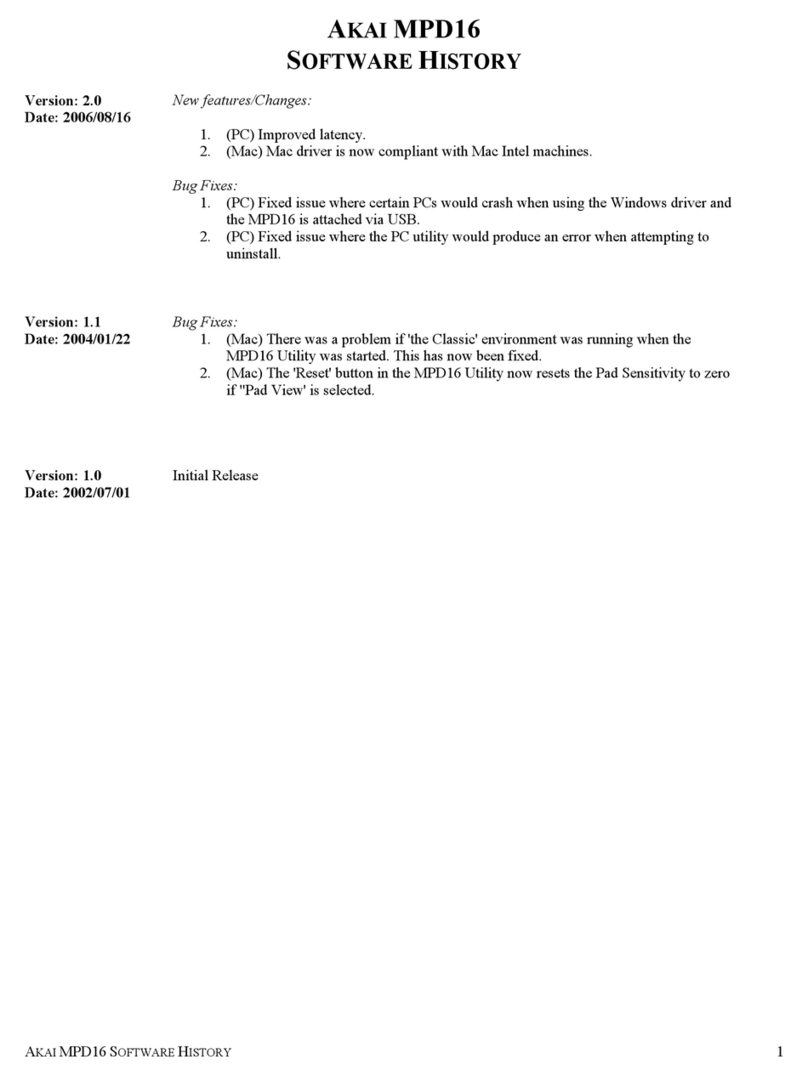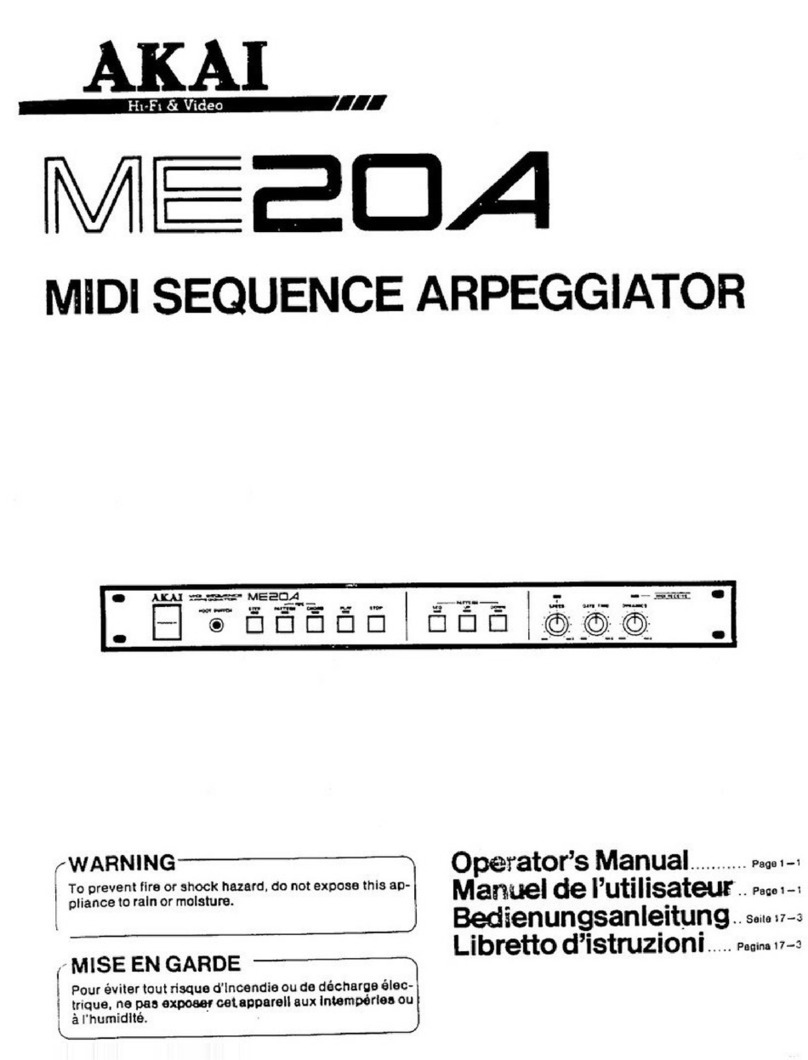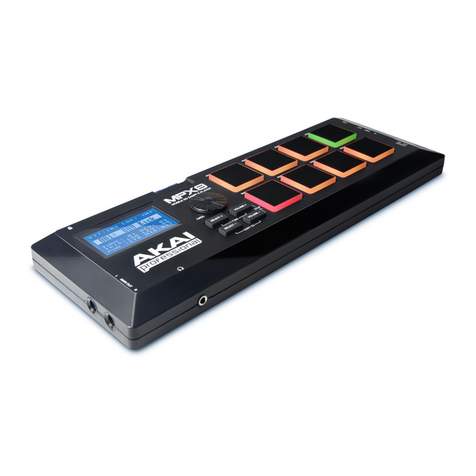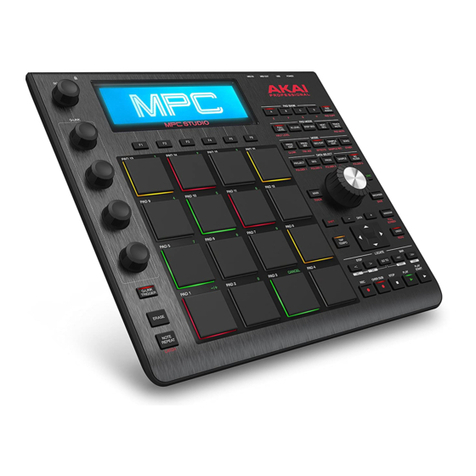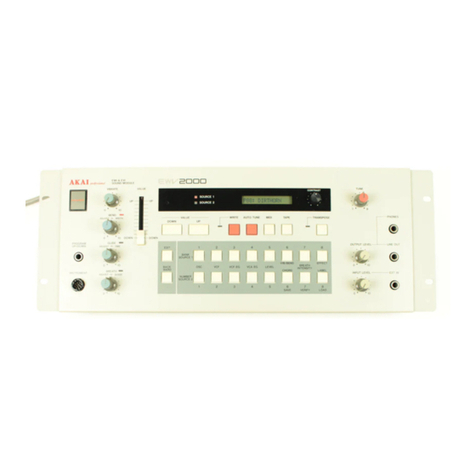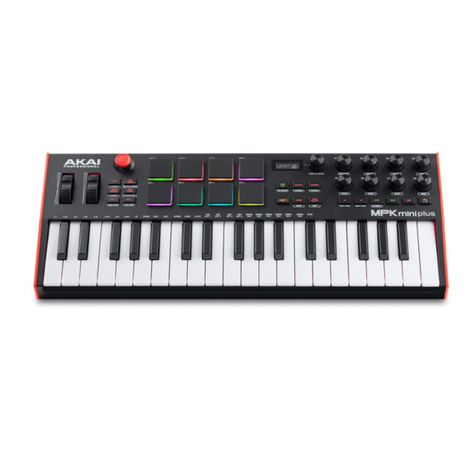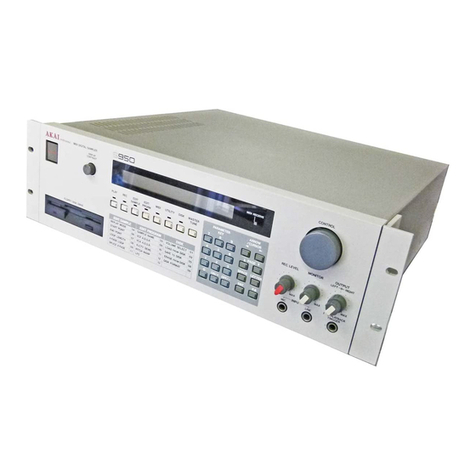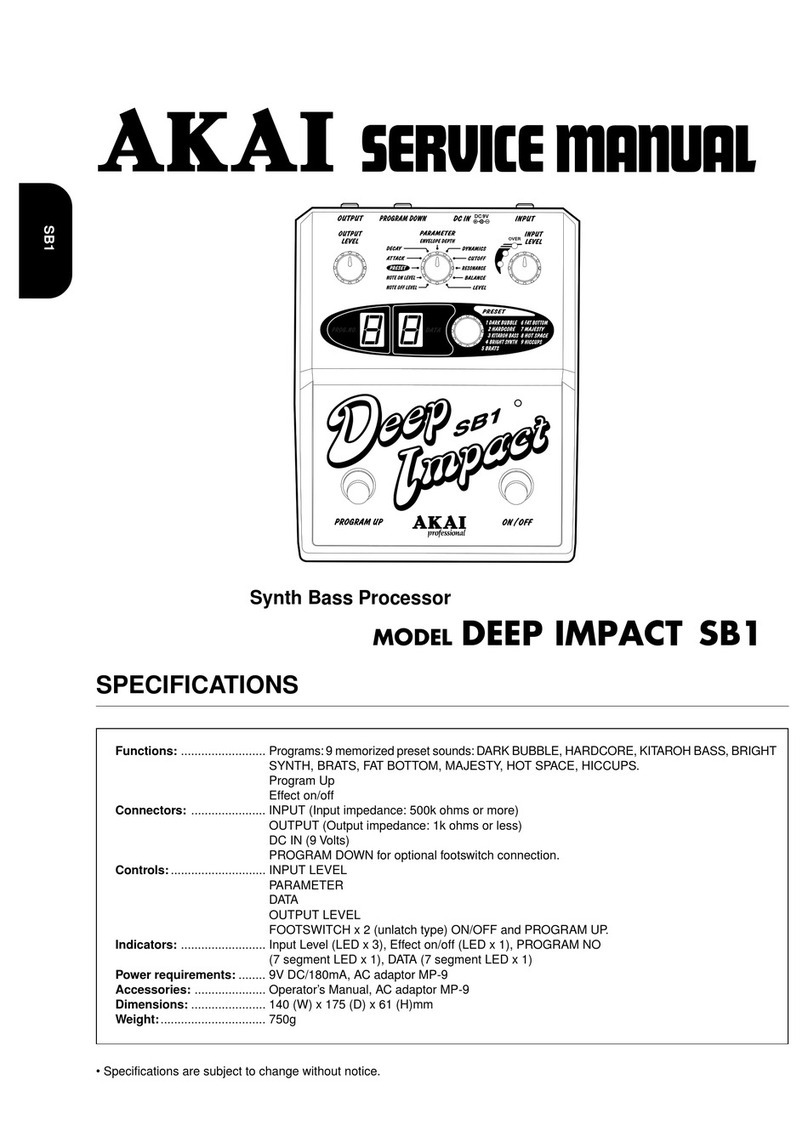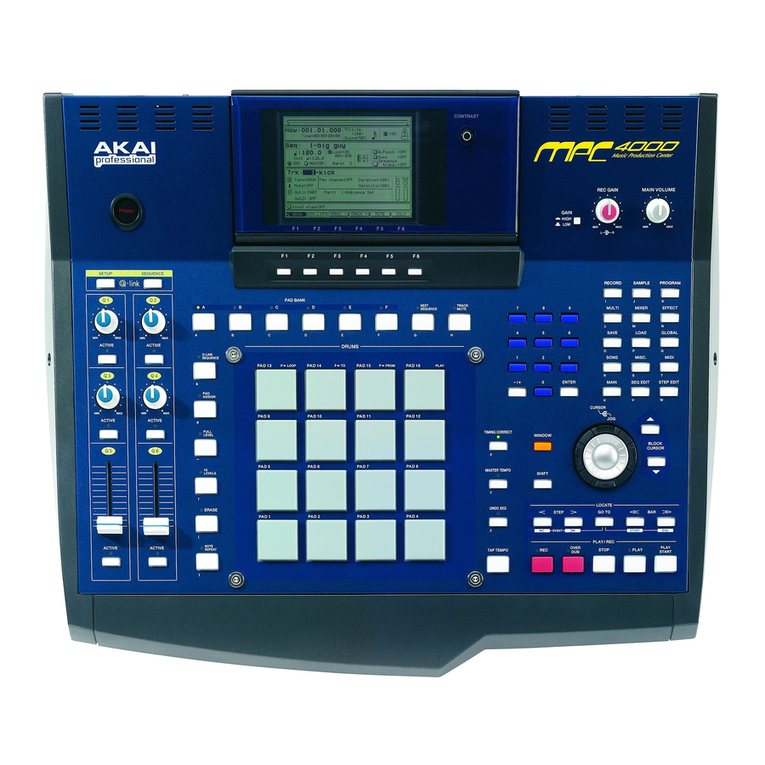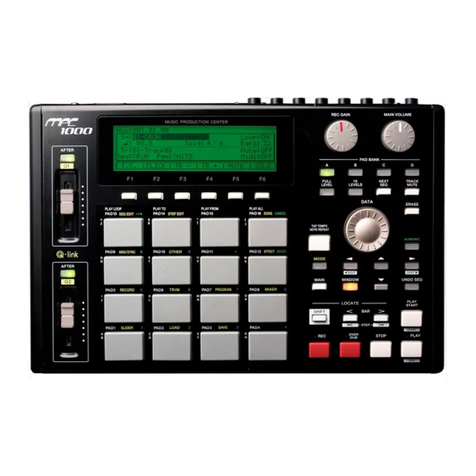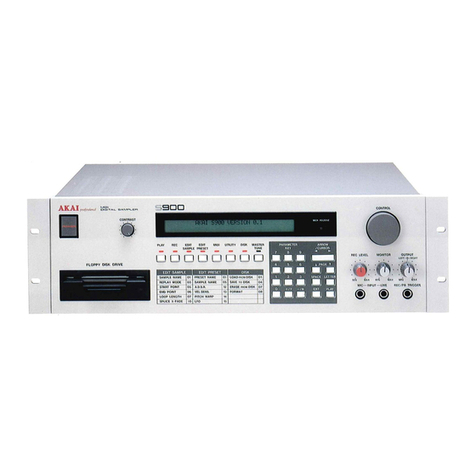CHANGING PARAMETERS
Now practice changing parameters. Parameters can usually be
changed intwo ways:
Scroll by turning theCONTROL through the available options.
Use the PARAMETER KEYS
if
you know the value you want
to enter.
If
the value isa number, use the 0-9 keys (remem-
ber that numbers must have leadingzeroes
-
e.g.
if
a three-
digit number is required, enter zeroes
if
necessary. Thus, 9
would be entered as 009.
If
a two-digit number is required,
then 9 would be entered as 09). Some parameters expect a
yes/no answer, or a positive/negative indication; for these,
,-
usethe ON/+ andOFF/- buttons.
,
.>portant:
If
the
LCD
asks you topress
ENT
after altering
"3
parameter, doso.
ENTERING TEXT AND NAMES: MEET THE
S900 WORD PROCESSOR
Occasionally you will need to enter a name rather than
a
number, so let'smeetthe S900's "word processor".
Assuming that a blank disk is still inthe drive, and that the EDIT
PRESETfunction is still active, select Page
01.
Move the arrow
so that it points at "Select. Copy." This parameter requires a
nameinsteadof a number; here's how toenter a name.
1.
When the arrow point to a parameter that requires a name,
pressthe LETTER button (Fig.2).The cursor will be replaced
bya line underthe letter to beentered.
2.
Turn the control to choose a letter (A-Z). You may also
choose 0-9, space, and
#.
To quickly choose a space with-
out having to turn the CONTROL, press the SPACE button.To
quickly choose a number,press the 0-9 buttons(Fig.2).
3.
After selecting the desired character, move the cursor to the
next letter with the arrow/cursor button and repeat step
2.
If
you make a mistake at any time, back the cusor up to the in-
+-,correct characterandrepeatstep 2.
I
:-
,hportant: After enteringtheentire name,pressENT.
~G.havenow learned how to scan pages, select parameters,
and edit parameters. Before continuing. we need to cover some
basicdefinitions.
DEFINITIONS
1.
A velocity keyboard is a type of keyboard that measures the
time it takes for a key to go from the upto down position.It as-
sumes that
if
this time period is short. you have hit the key
hard and want a loud sound;
if
this time period is longer, you
have hit the key softly and want a soft sound. Therefore,even
though velocity is measuring the speed at which a key goes
from key up to key down, we will consider it as an indication
of how hardor soft you hitthe key.
2.
A Sample isa single sound that you recordintothe S900. To
cover more than one key on a keyboard, the sample may be
transposedover uptoasix-octave range.
3.
A
Keygroup is a pair of samples. Playing avelocity keyboard
harder increases the level of one of the samples and de-
creases the level of the other (or, switches over from one of
the samples to the other at a certain velocity threshold)
Thus, with
a
bass sound you can have a normally plucked
string at lower levels and a slap bass effect at higher levels
The sample meant to be heard at higher velocity levels is
called the Loud sample and the sample meant to be heard at
lowervelocity levels iscalled the Softsample.
4.
Trying to transpose a sample over too wide a range leads
to
an unnatural sound. The S900 can assign up to 32 samples
over the keyboard. Using multiple samples means that indi-
vidual samples need npt be transposed very far. A Program
(also called preset) is a set of keygroups,and can consist of
upto 32different keygroups (orindividualsamples) assigned
across the keyboard. For example, with a five-octave key-
board you could take five samples and assign one to eacb
octave.or tensamples and assign onetoevery half-octave.
Samples may be edited in a number of ways, as can programs
These will be described fully later. Once samples and program:
areset as desired. theS900memorycan besavedto disk.
THE IMPORTANCE OF SAVING S900
MEMORY DATA TO DlSK
PLEASE NOTE: The S900 has no permanent memory. If you
load a disk into the S900 and alter it, the altered parameters
MUST BE SAVED TO DlSK or your work will be lost
if
you turv
off the power. This is described fully in the section of the DlSK
function.
ERROR MESSAGES
If alleight function lights flash, there isa usually not-too-seriour
problem. The LCD will give you some idea of what is wrong.
Tc
returnto normaloperation, pressoneof the lunction buttons.
